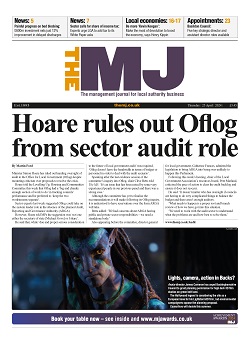As Councils dash to embrace commercialisation we are seeing the acquisition of a diverse range of commercial assets. This investment, often made by raising debt, is designed to create both a revenue flow and capital appreciation.
In making these investments there is a calculation of return on investment of the capital expended to purchase the asset based upon assumptions about the revenues to be generated over the period of ownership, cost of the capital for the acquisition, the cost of future investment requirements to maintain/improve the assets, the revenue costs of holding/managing the asset, the nature, level and success of competition and the dynamism of demand in the market. It is assumed that a profit margin in excess of the cost of capital can be achieved and sustained over the lifetime of ownership of the asset. It is also assumed that at the point of realising the capital value of the asset through sale, the value realised is in excess of the outstanding debt.
Want full article access?
Receive The MJ magazine each week and gain access to all the content on this website with a subscription.
Full website content includes additional, exclusive commentary and analysis on the issues affecting local government.
Already a subscriber? Login



